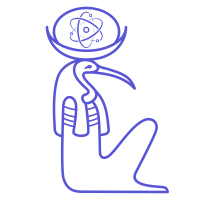Self-reflection is an important mechanism for one to be able to convert information acquired into one’s own knowledge. Often, students do not know what to do next in order to improve their learnings after getting poor grade in a test or an examination. What should they do if they work hard but cannot apply what they have learnt during the test itself? Below are some guidelines in which students can take ownership of their learnings by simply knowing what to do after problems are identified.
This is the knowledge that I had acquired from attending a course by SEAB (Taxonomy of Learning, TM SEAB 2011).
| Learning Gap | Possible Causes (by inferences) | Suggested Actions |
| Slips | Careless procedural mistakes | Teacher: provide feedback on task and processes (learn). Student: seek advise from teachers for good method of solving such problem or ways of doing thing to avoid making such mistake. |
| Lack of understanding | Missing bits of conceptual or procedural knowledge | Teacher: re-teach the missing bits (re-learn) Student: take initiative to arrange for consultation with the teacher. |
| Unable to apply or generalize | Narrow understanding; lack of practice or concrete experience | Teacher: provide more variety of questions dealing with different contexts though using the same concept. Student: attempt more and varied practices (over-learn but not drilling) |
| Misconceptions | Persistent conceptual or procedural confusion (understood the concept differently from what it is supposed to be) | Teacher: work with students to achieve a deep cognitive shift (un-learn and re-learn) Student: consult the teacher to un-learn and re-learn. |
| Confusion | A combination of any of the above. | Unpack into the above categories. |
